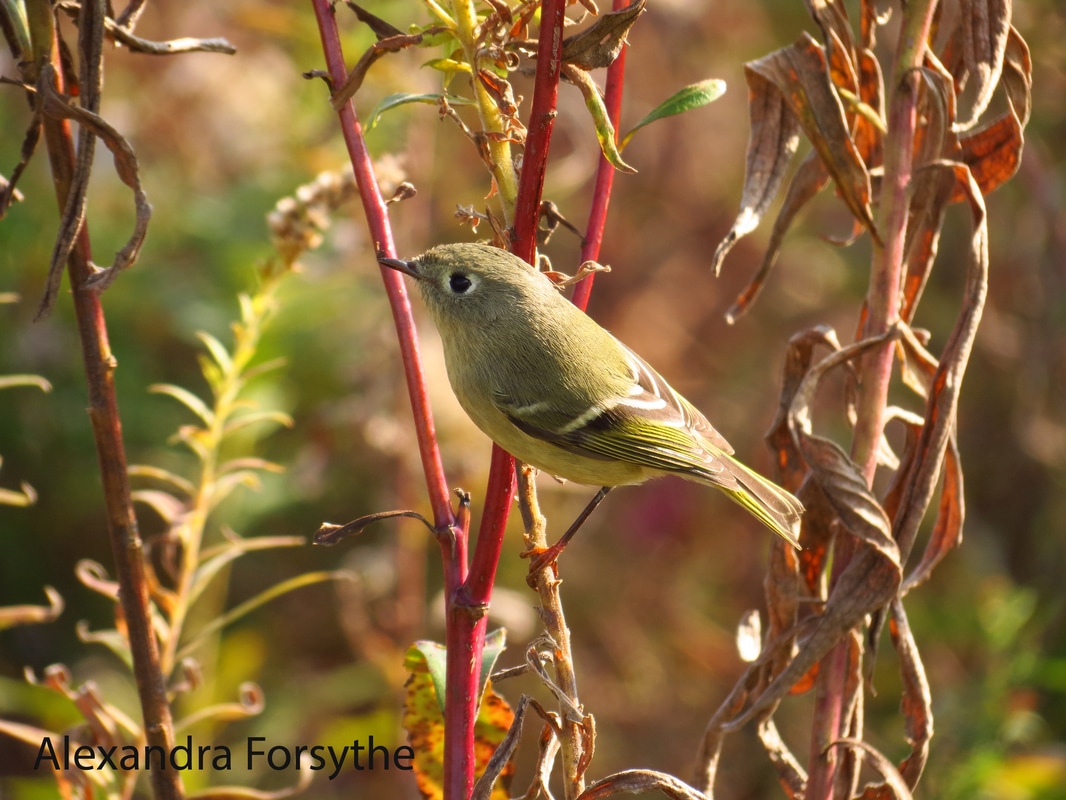“Nature is full of adventures,” said Limberlost State Historic Site Naturalist Curt Burnette as he wrapped up a presentation on the history of the Loblolly Marsh Nature Preserve and the benefits of wetlands like the “Lob.” This year Curt was invited to be the featured speaker at the Jay County Soil and Water Conservation District annual meeting and dinner held on February 22.
The evening began around 5:30 at the Jay County Fair Grounds. Local organizations set up information tables and booths for incoming guests to explore before the meeting. The Limberlost booth featured information about Gene Stratton-Porter and the Cabin, Nature Preserves, and some hands-on displays like a woodpecker nest cavity, mink and muskrat furs, and a black bear skull. (Many participants were surprised to learn that black bears once roamed our area!) The booth also displayed a digital photo frame that featured Naturalist Bill Hubbard’s photography of birds in the Limberlost.
By 6:00, the crowd of approximately 200 members of the community made their way to their seats. Guests were treated to a delicious meal followed by a dessert of delightful cakes. As everyone finished their dinner, the District held their annual meeting with the swearing in of new officers and awards given to local farmers. District Coordinator Bettie Jacobs, recognized local FFA and 4H members for their hard work and achievements over the past year. Bettie is no stranger to the Limberlost, as each year she brings all of Jay County’s fifth graders on a field trip to the Lob for the annual Wetland Field Day where students rotate through stations hosted by a variety of experts including Limberlost and DNR staffs. Bettie then wrapped up the annual meeting by announcing winners of the door prizes, which featured four Limberlost t-shirts!
With the conclusion of the raffle, it was time for Curt’s program. Using a colorful slideshow, enthusiastic storytelling, and a dash of humor, Curt explained how the Loblolly and the Limberlost were first formed by glaciers in the last ice age. He described how the Loblolly was once full of lush plant life and served as excellent hunting grounds for Native Americans and early settlers. He even unveiled the long-forgotten folktale of the Loblolly Wizard including Curt’s own artistic illustration of this fabled Lob resident.
With historic photos and documents, Curt went on to explain how the wetlands were dredged and drained in the late 1800s, and how despite the efforts of local farmers, the Loblolly would persistently flood the fields year after year. The audience also learned about the efforts of Ken Brunswick, the Friends of the Limberlost, and DNR Nature Preserves to restore the Loblolly and Limberlost wetlands in the late 1990s.
To wrap up the presentation, Curt described how the re-established Loblolly is used today, both by wildlife and by visitors—like school groups, families, and many birders. He described some of the programs he hosts like Wildflower Safari in June and private gatherings through his Rent-a-Naturalist program. In the end, Curt’s discussion of the Lob was a hit, and many community members stayed afterward to ask questions and pick up information from the Limberlost information booth.
As Curt said, “Nature is full of adventures.” And whether you visit the restored wetlands in search of the Loblolly Wizard or a flock of migrating geese, you’ll be sure to have an adventure of your own!

 RSS Feed
RSS Feed
